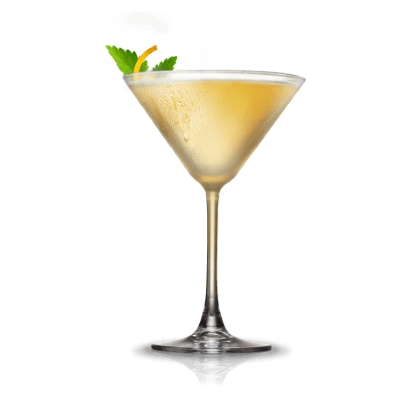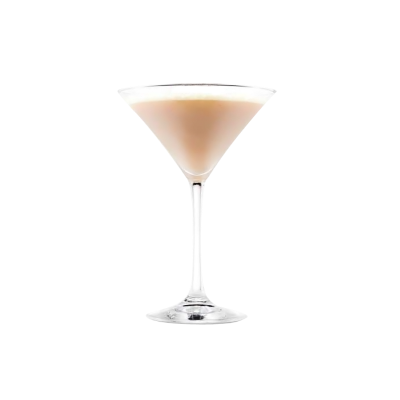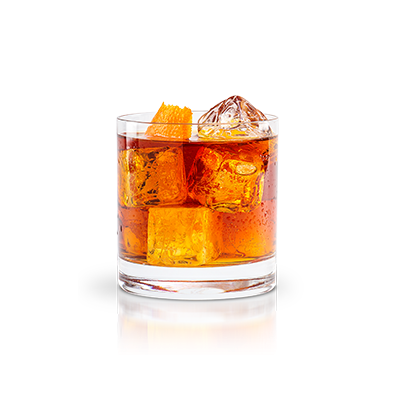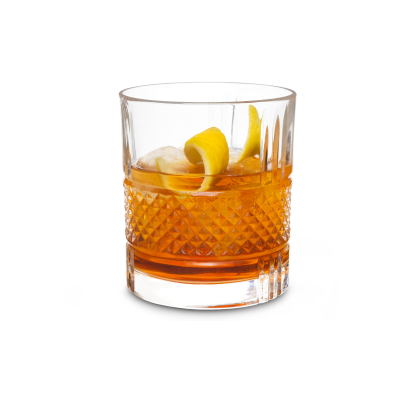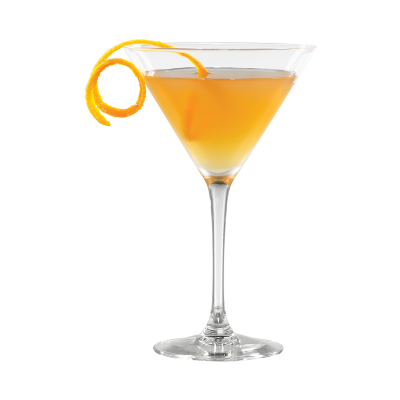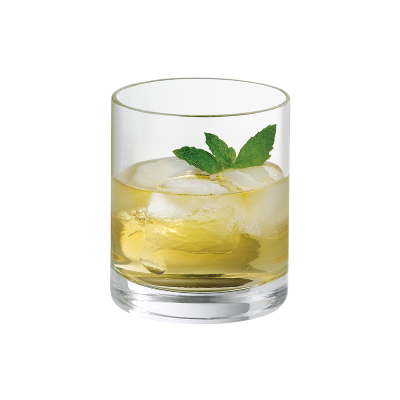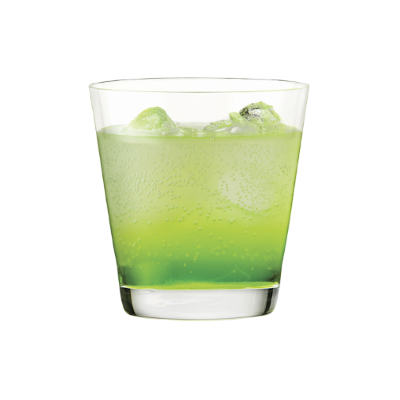Cognac
The biggest difference is that Cognac is made from grapes and Whiskey from grain, most usually barley. This grain is mixed with yeast and water, distilled, and then aged in oak barrels. Cognac begins life as fermented grape juice that first turns into wine.
Cognac production falls under French AOC designation, with production methods and naming required to meet certain legal requirements. The brandy must be twice distilled in copper pot stills and aged at least two years in French oak barrels from Limousin or Tronçais.
Cognac matures in the same way as whiskies and wines barrel age, and most cognacs spend considerably longer "on the wood" than the minimum legal requirement.
Cognac is also great with
Savoy Corpse Reviver
The Corpse Reviver family of named cocktails are occasionally drunk as alcoholic hangover cures of potency to be able to revitalize even a dead person. This recipe is a variation created by Gilmore in 1954.
Between the Sheets
The Sidecar is a classic drink that features cognac, orange liqueur, and fresh lemon juice. If you enjoy the Sidecar, you should meet its less known cousin, the Between the Sheets. The cocktail first appeared in New York Bar in Paris, where the acclaimed bartender Harry MacElhone, apparently made it in the 1920s. He has also contributed several other classics to the boozy realm, including the White Lady and the Old Pal, so drinkers are forever in his debt. Most people name this cocktail Between the Sheets, though you may hear it referred to as a Maiden's Prayer (when made with gin instead of rum) as well. By either name, it's a cool drink in which rum and brandy get together for some fun. If you enjoy the notorious Sidecar, be sure to give this one a try. The brandy and rum blend is often seen in classics such as the Boston Sidecar and Embassy cocktails. The Between the Sheets is a cocktail consisting of white rum, cognac, triple sec, and lemon juice. The Between the Sheets starts as a Sidecar but diverges with a measure of light rum and skips the custom sugared rim.
Alexander
The Brandy Alexander was a famous drink during the '70s, and when carefully prepared, it can be a blast. Its origin came from the classic version, but mostly forgotten, of the Alexander cocktail and combines brandy instead of gin with creme de cacao and cream. The recipe appeared first in Hugo Ensslin's 1916 book called "Recipes for Mixed Drinks." But, the cocktail was likely born at Hotel Rector, New York City's premier pre-Prohibition lobster chateau. The authentic Alexander cocktail consisted of equal parts gin, crème de cacao liqueur, and cream. Over time, other spirits are used, as a replacement for the gin, brandy being most popular. The recipe has also slowly become boozier, with modern recipes usually calling for one-and-a-half times as much base spirit. Other liqueurs in place of crème de cacao are used in modern Alexander riffs. If the egg is used as a garnish, it's important to obtain an emulsion by shaking it hard. It then generates a smooth mouthfeel and frothy head. The Alexander (or Brandy Alexander) prepared below is a cocktail consisting of cognac, cocoa liqueur (crème de cacao), and cream.
French Connection
A French Connection is a cocktail made with equal parts Cognac and Amaretto liqueur, a sweet Italian liqueur made from almonds and stone-fruit pits. The French Connection is a two-part drink that first appeared in the early 1970s and was titled for the 1971 Gene Hackman film of the same name. The cocktail’s creator is unknown, so it’s unclear who to thank for this tasty concoction.
Vieux Carre
The Vieux Carré is an IBA official cocktail made with rye whiskey, cognac, sweet vermouth liqueur, Bénédictine, and Peychaud's bitters. The cocktail is a slightly sweet, spiced, and warming drink with herbal, citrus, and smoky notes. The recipe was first stirred to life during the 1930s by Walter Bergeron, a bartender at New Orleans Carousel Bar.
Sidecar
The sidecar is a cocktail traditionally made with cognac, orange liqueur, plus lemon juice. In its ingredients, the drink is perhaps most closely related to the older Brandy Crusta, which differs both in presentation and in proportions of its components. The exact origin of the sidecar is unclear, but it is thought to have been invented around the end of World War I in either London or Paris. The drink was directly named for the motorcycle attachment, which was very commonly used back then.
Stinger
The Stinger is a lesser-known classic cocktail made with just two ingredients—brandy (often Cognac) and crème de menthe—served either neat in a cocktail glass or over ice in a rocks glass. The cocktail's origins can be traced to the United States in the 1890s, and the beverage remained widely popular in America until the 1970s. It was seen as a drink of the upper class, known as a "society" drink.
Incredible Hulk
An Incredible Hulk is a vivid green-colored cocktail made in equal parts of the fruit liqueur Hpnotiq and Hennessy brand cognac poured over ice. It is called after the green comic book superhero, the Hulk. The drink was created during a Hpnotiq launch event in New York City. A Hpnotiq worker saw many women but few men drinking his company's liquor because of the blue color. Victor Alvarez, a bartender at the restaurant, mixed Hennessy with Hpnotiq to cut the fruity flavor, resulting in a green drink that quickly became a hit.

